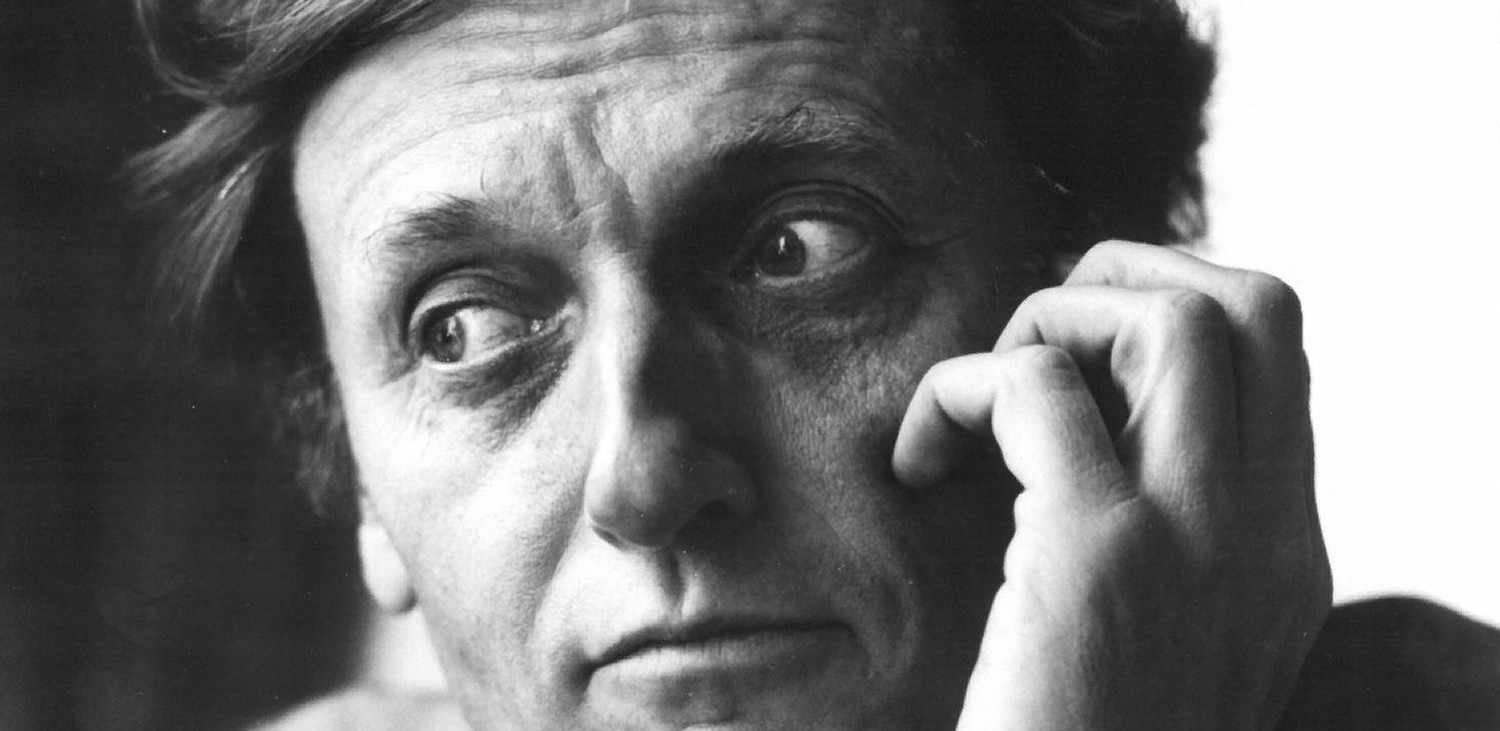Twenty-fifth anniversary of the death of the French spectralist composer Gérard Grisey.
This Saturday marks the 25th anniversary of the death of the French composer Gérard Grisey (Belfort, 16 June 1946 – Paris, 11 November 1998), who died of a brain aneurysm. When his last work, Quatre Chants Pour Franchir Le Seuil, was premiered three months after his death at the Queen Elizabeth Hall in London in February 1999, the English composer George Benjamin described his friend and colleague from the stage as one of Europe’s most brilliant but under-appreciated composers. Quatre Chants… was, precisely, a meditation on death and the threshold of the afterlife.
Sudden and unexpected, death came at the age of fifty-two, when he was still considered a “young composer”, perhaps because he never gave the impression of being an artist who had “arrived”, as those who knew him emphasised his self-demanding nature, which never let him rest. On the other hand, his fiercely independent, sometimes brusque character kept him at a distance from institutions.
He was part, without really intending to, of the spectralist musical movement, so defined by Hugues Dufourt – and of which Tristan Murail and Michaël Levinas, as the main names, are also part – for taking into account the harmonic spectra of which sounds are made. He did not, however, consider himself the driving force behind this school and, although he taught composition at the Paris Conservatoire, he did not intend to train disciples. He did not seek to form disciples: there were no “Griseyists”, but his approach to music did exert a profound influence, synthesising those exerted on him by the masters with whom he identified: Messiaen (“God the Father”), Stockhausen (“the Son”) and Ligeti (“the Holy Spirit”), as he once called them. These composers, he said, taught him to listen to “the very flesh of music” and not just the language that conveys it; to channel sounds according to their nature rather than forcing them on each other. Partiels, a work dated 1975-76, in which the sound spectrum of a low E trombone is recreated and then deconstructed by a large instrumental ensemble, is considered one of the iconic compositional discoveries of the late 20th century.
From 1984, when he decided to “add rupture and speed to the obsession with continuity and slow processes”, he would also begin to revere Conlon Nancarrow and Leos Janacek. Reacting against the previous generation, in the wake of dodecaphony, who applied abstract or compartmentalised processes to musical composition, Grisey sought to take into account the acoustic nature of sounds, which he studied passionately, and the reality of our perception.
Ahead of this date, in recent months we have seen the release of two books in English that address his legacy: Gérard Grisey And Spectral Music: Composition In The Information Age, by Liam Cagney, published by Cambridge University Press, and The Life And Music Of Gérard Grisey: Delirium And Form, written by Jeffrey Arlo Brown and published by the University Of Rochester Press.
